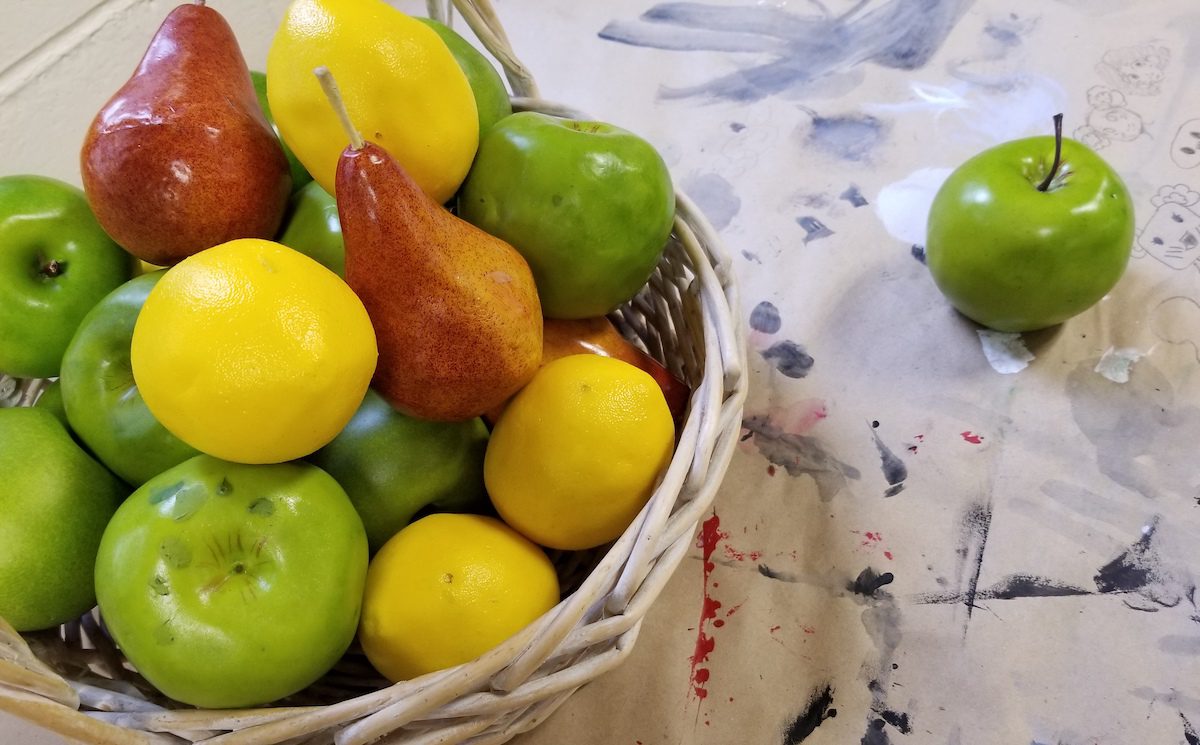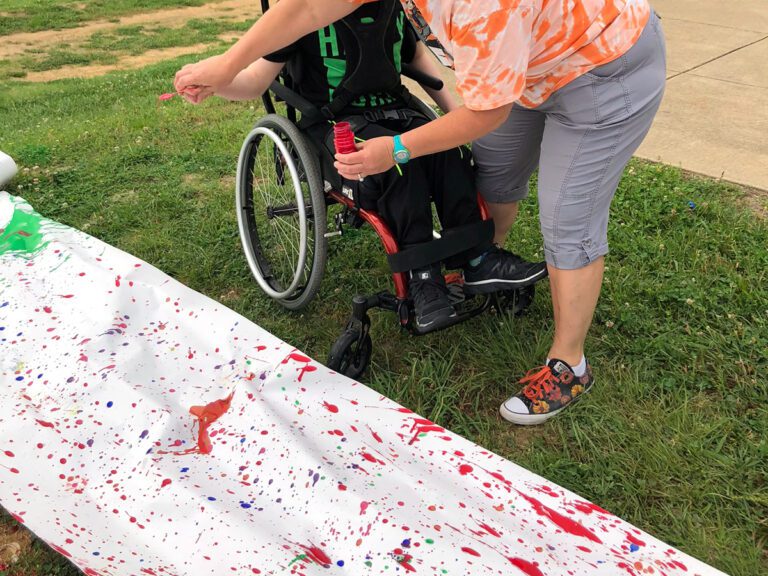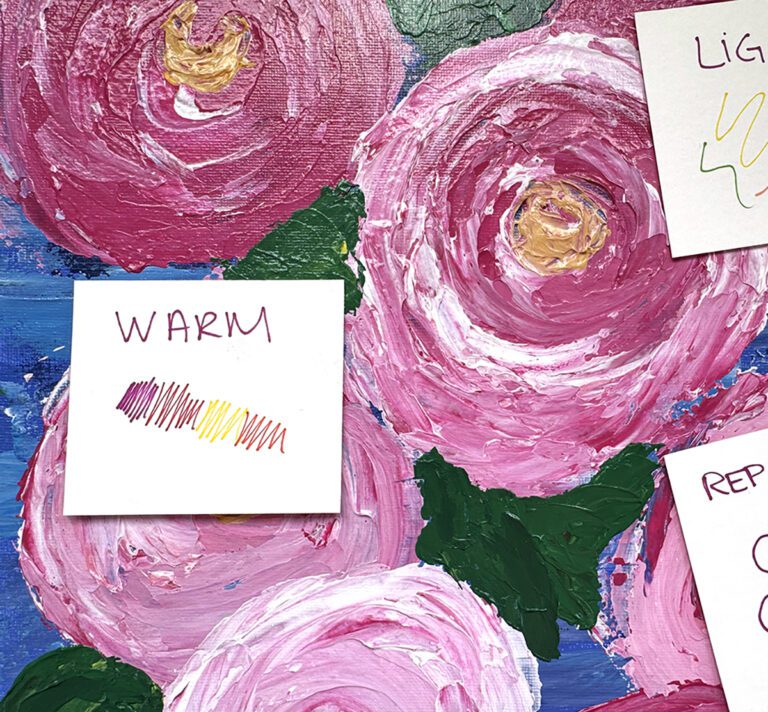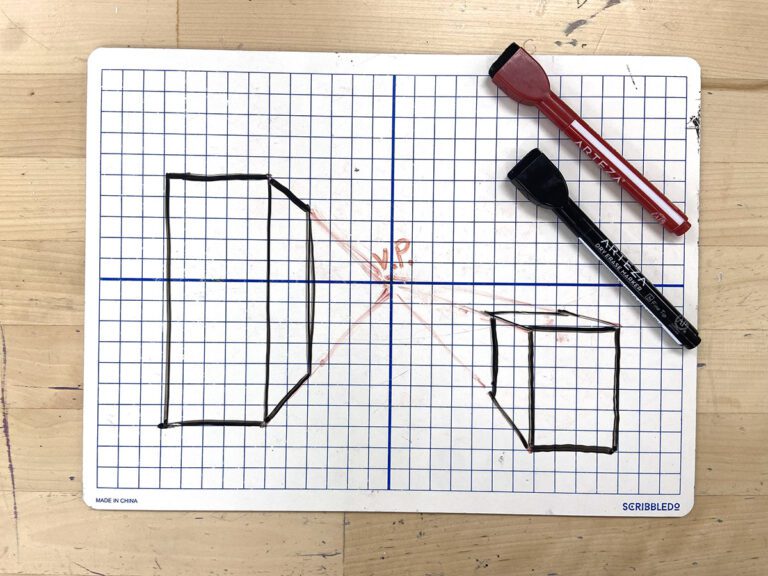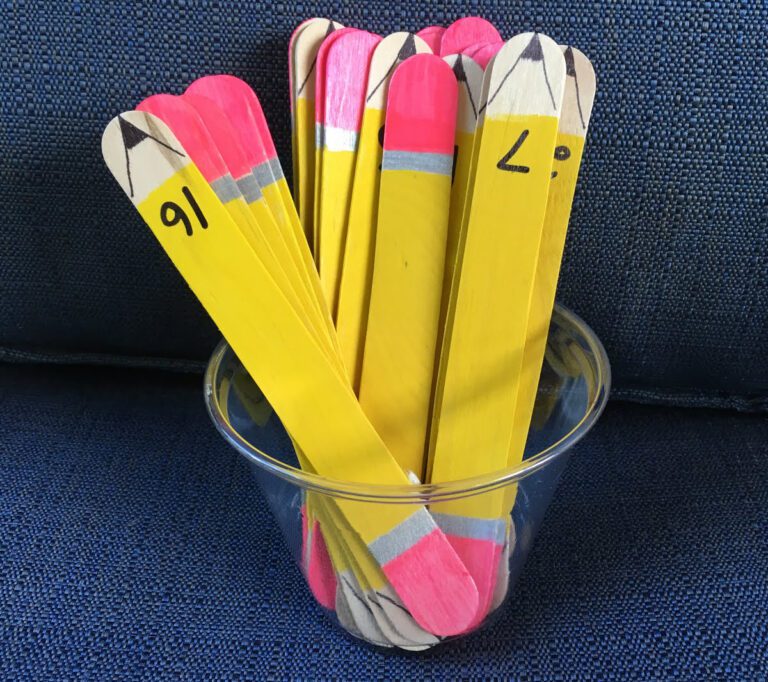Teaching multiple levels at one time sounded like a good idea when you didn’t have to turn away students or it gave you an additional class to be full-time. But effectively teaching multiple levels at the same time can be challenging if you aren’t intentional in your approach. Whether you’re going to start a combined class or you need to change your current model, here are three different ways to approach teaching multiple levels at the same time.
1. Same Project, Different Expectations
As art teachers, we know some things will never go out of style. Still lifes, for example, will probably still be relevant in 100 years. Think about the number of media, subject matter, and approaches that can be used for artists of all levels. One approach when working with mixed-levels is to assign the same project for all students and differentiate the objectives. For example, students of all painting levels could work from a still life. Beginning students are focused on proportion and composition using black and white paint only, while advanced students are working with oils and a painterly style. Students can even be graded from the same assessment tool. Use a rubric with varying levels of success and differentiate the expectations by level. Students in the lower group only need to reach the “Proficient” standard, while advanced students need to each “Excellent.”
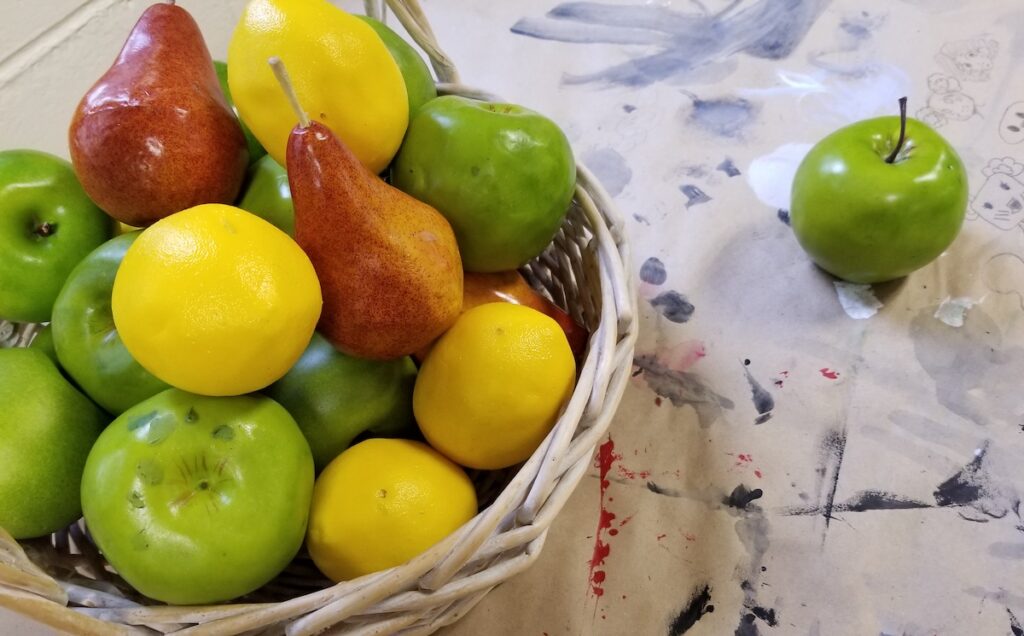
This approach can minimize prep time as you’re only setting up one still life, one seating arrangement, and one assessment tool. During the class period, all students are working similarly and starting/ending around the same time. While the expectations are different, you’re essentially managing one group of students.
2. Scatter the Timeline
If your students want more variety, be intentional about your planning so the groups are not all starting and finishing a project at the same time. Try to introduce and demonstrate to one group, while the other group is in the middle of a project and can work more independently. This might not always be possible as completion dates can fluctuate. If that’s the case, have a number of one and two-day activities in your back pocket to use as space holders as needed. By keeping your groups on different timelines, you’re able to fully focus on introducing projects, demonstrating, and setting up each group for success. All without feeling like you’re neglecting the other group.
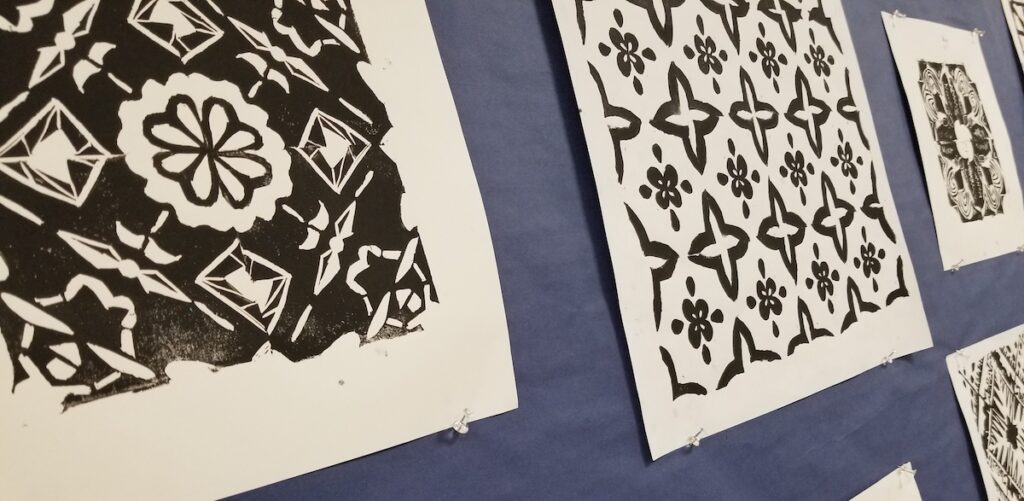
3. Create Digital Resources
While you cannot split yourself in half and teach two groups at once, creating a digital classroom can provide students with immediate instructional resources when you’re not available. Setting up the tools and preparing resources can take time and planning. But this investment will give you a bank of videos and artifacts to use in the future. Finding the right technology is key to your success You want something that is going to work for you to create the best demo videos, collect assignments, give directions, and even answer questions.
Here are a few winners:
- Google Classroom: For pushing out information and collecting digital files.
- Screencastify: To record videos.
- YouTube Channel: For posting and organizing all of your videos.
- Seesaw: For digital portfolios.
Using digital resources can help you manage and support different learning groups and individuals as they learn at their own pace. While it might overwhelming to think about digitilizing your lessons, this approach can also be an investment for the future. Once resources are in place, you become the cruise director simply pointing students in the right direction and being available for support.
Learn more with Differentiation in the Art Room PRO Learning Pack
Embrace Independent Learning
One of the most common combined structures is to merge multiple levels of the same course. For example, Photography I and II. In this case, think about how you could structure a more independent learning environment for advanced students. Working with lower-level students typically requires more intense involvement and support. Balance these needs by giving more freedom to the advanced students and allow them to propose some of their own projects and ideas. Advanced students can learn through experimentation and practice as they develop their own body of work with your guidance. You can still provide direct instruction and lessons on select days throughout the course. Your goal is to give students in both groups what they need, even if that looks different from each other.

Sometimes art teachers have to combine classes for less than ideal purposes. Giving more students opportunities to take art and bolstering the art program and sections are all good reasons to find a way to make unique models work. But if you’re finding it challenging to manage, try making a change to your approach to get a different result. It’s never too late to implement some of these ideas and you don’t have to wait for the beginning of the school year.
How else can teachers differentiate to support multiple groups in one room?
Which strategy do you think works the best for different levels?
Magazine articles and podcasts are opinions of professional education contributors and do not necessarily represent the position of the Art of Education University (AOEU) or its academic offerings. Contributors use terms in the way they are most often talked about in the scope of their educational experiences.
